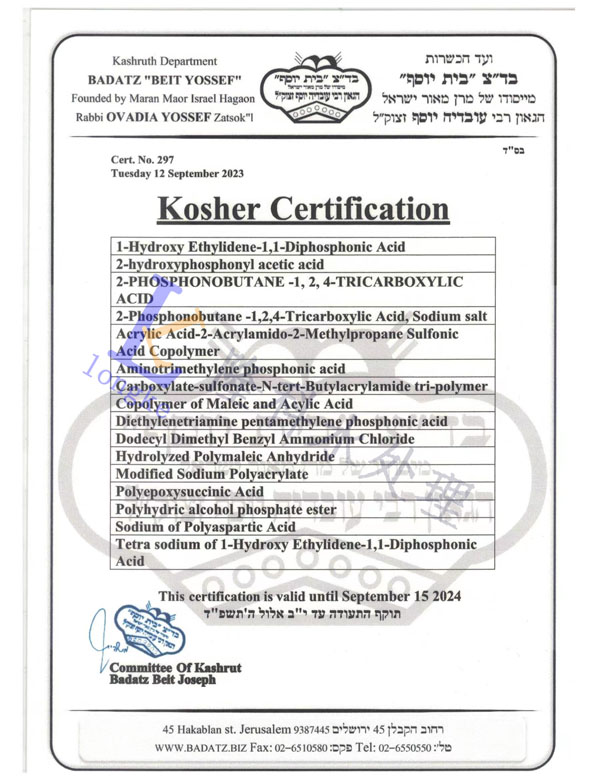coagulation flocculation
Coagulation and Flocculation Essential Processes in Water Treatment
In the field of water treatment, coagulation and flocculation are crucial processes used to remove suspended solids, colloids, and other impurities from water, ensuring it meets safety and quality standards for consumption and other uses. Understanding these processes is vital for water treatment professionals, environmental engineers, and anyone involved in the management of water resources.
Coagulation Process
Coagulation is the initial step in the treatment of water and wastewater, where chemical coagulants are added to destabilize the fine particles suspended in the water. These particles often carry a negative charge, which keeps them dispersed. When coagulants, such as aluminum sulfate (alum) or ferric chloride, are introduced, they neutralize the negative charges on the particles, allowing them to come together and form larger aggregates. The effectiveness of coagulation depends on various factors, including the type and dosage of coagulant used, the pH of the water, temperature, and contact time.
During this process, rapid mixing is essential to ensure adequate contact between the coagulant and the suspended particles. This mixing helps to promote the agglomeration of particles but must be controlled to prevent excessive turbulence, which could break the developing flocs apart.
Flocculation Process
Following coagulation, flocculation occurs, which involves the gentle mixing of the water to encourage the aggregation of the destabilized particles into larger clusters called flocs. In this phase, slow stirring allows the smaller flocs to collide and coalesce, ultimately forming larger, more easily removable particles. The flocculation process is typically conducted in a flocculation basin where the water is retained for a specific duration, allowing for optimal particle collision and growth.
coagulation flocculation

The floc size is a critical factor, as larger flocs settle more quickly during the sedimentation stage, which follows flocculation. The formation of the right size and density of flocs is essential to maximize the efficiency of the entire treatment process.
Sedimentation and Filtration
After the flocculation phase, the water enters the sedimentation stage. Here, the larger flocs settle to the bottom of a sedimentation tank due to gravity, forming a sludge layer that can be removed. The clarified water, now significantly reduced in turbidity, proceeds to filtration, where any remaining impurities and smaller particles are captured by filter media.
Environmental Significance
The importance of coagulation and flocculation extends beyond drinking water treatment. These processes are utilized in various applications, including industrial wastewater treatment, stormwater management, and the treatment of natural water bodies. Effective coagulation and flocculation can help improve the quality of water, reduce the impact of pollutants, and ensure compliance with environmental regulations.
In summary, coagulation and flocculation play an integral role in producing clean, safe water. By employing chemical coagulants and optimizing mixing conditions, water treatment facilities can efficiently remove unwanted particles and contaminants, contributing to public health and environmental sustainability. As the demand for safe water continues to rise, advancements in these processes will remain a focal point in water treatment technology.
-
Water Treatment with Flocculant Water TreatmentNewsJun.12,2025
-
Polymaleic AnhydrideNewsJun.12,2025
-
Polyaspartic AcidNewsJun.12,2025
-
Enhance Industrial Processes with IsothiazolinonesNewsJun.12,2025
-
Enhance Industrial Processes with PBTCA SolutionsNewsJun.12,2025
-
Dodecyldimethylbenzylammonium Chloride SolutionsNewsJun.12,2025





